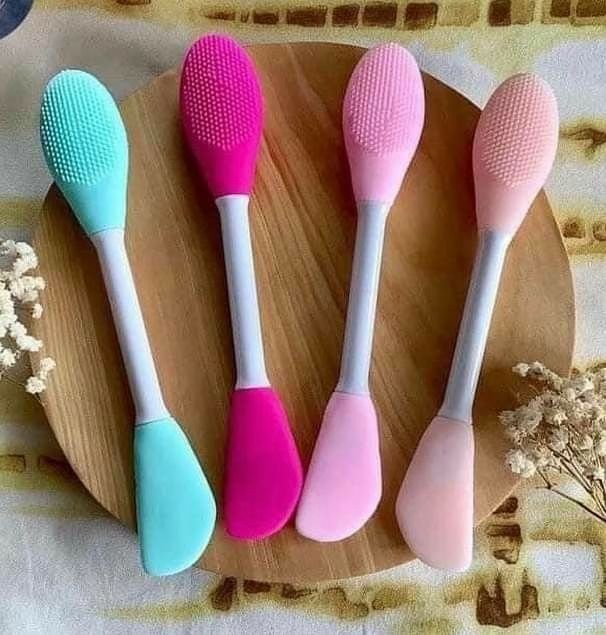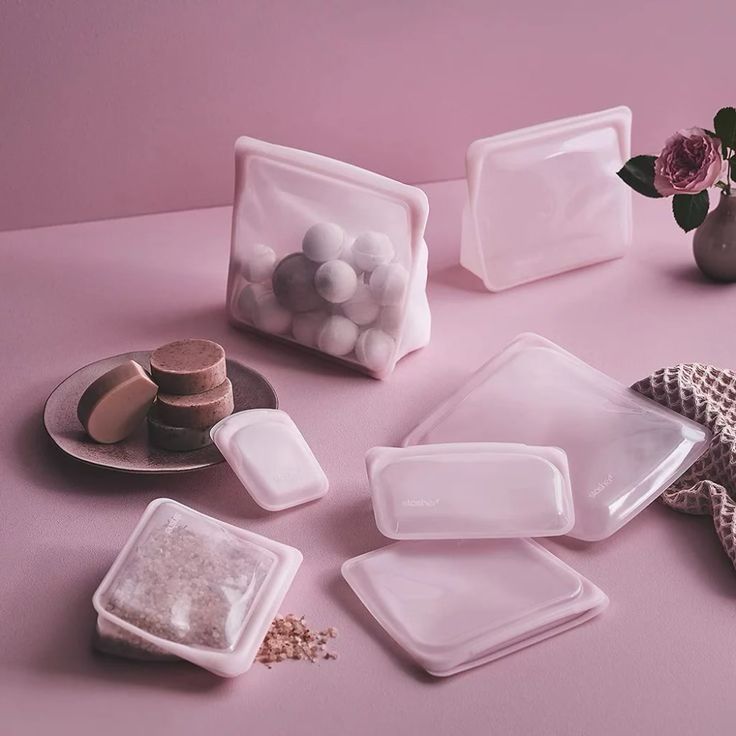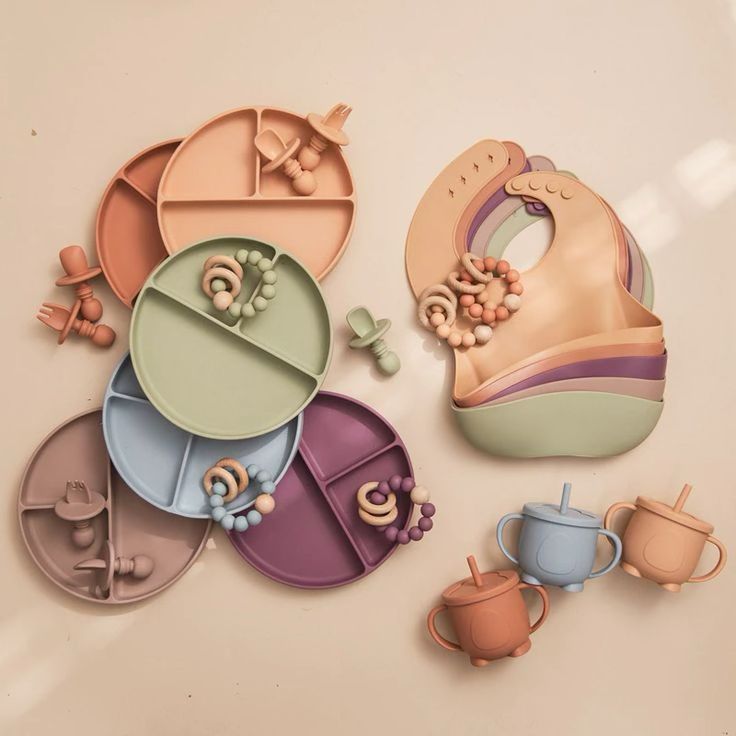Table of Contents

Silicone is a flexible miracle, combining strength with versatility. Soft silicone is used in many common household items, and this polymer has transformed industries worldwide.
But what is silicone, and why is it so widely used? This guide inquisitively looks at its chemistry, benefits, functions, and structure. Learn about the differences between silicone, silicon, and silica, and why food-grade silicone and liquid silicone are now safer options for the environment, technology, cooking utensils, and more.
Ready to discover what makes silicone unique and how it’s changing industries? You’re in for a great read!
A Brief Journey Through History: From Discovery to Domination
The silicone dates back to 19th-century history. Chemists began studying the families of silicon, from which silicone is derived. In the 1900s, researchers discovered how to combine silicon with oxygen and carbon. This creates a very unique and flexible polymer now regarded as silicone.
Early Application and Industrial Breakthrough
The silicone started with small-scale industrial uses. The real surprise was in its versatility. From sealants, and lubricants to electrical insulation. It moved through into soft silicone and liquid silicone. While openings in medicine and cooking created a whole new world.
Why Silicone Is Indispensable Today

Silicone is important in modern life owing to its unique properties. It can bear heat. Hence perfect for cookware, whereas food-grade silicone materials assure complete kitchen safety. Due to its strength and flexibility, silicone becomes most useful. In medical-grade products such as implants and prosthetics are necessary.
On plastics, silicone is far less damaging to the environment. It is reusable and safer for health. Thus addressing the matter, “Is silicone material good for health?”
Silicone’s versatility has rendered it indispensable. if it is in technical, culinary, or industrial settings. Its passage from scientific discovery to global need imparts ultimate significance in silicone development.
The Many Faces of Silicone: Types and Variants
Silicone material features a very wide range of types and variants, specifically catered to needs. The versatility already explains its popularity in various industries. Here is a closer look at some of the most popular types:
- Liquid Silicone Rubber (LSR): Flexible Multi-Use
Liquid silicone is a flexible material that can be specified precisely and molded into any shape. It is commonly used in medical-grade silicone applications, such as implants, and food-grade silicone material for kitchenware, engineered for safety.
- High-Consistency Rubber (HCR): Tough and Tenacious
HCR is a stiff silicone material and hard grade. Thus, it is tough and ideal for use in exposure to heat. Its hardness makes it suitable for use as industrial seals, automotive parts, and any other homologous application.
- RTV silicone, magic for the ready-to-use
Room Temperature Vulcanizing (RTV) silicone is soft-grade silicone that cures at room temperature. This ready-to-use silicone is immensely versatile for use as sealants, adhesives, and coatings in applications from industrial to household processes.
- Gels, Foams, and Resins Expand Possibilities

Silicone gel, silicone foam, and their combinations offer lightweight, shock-absorbing properties. These are commonly used in medical devices.
Silicone resins, on the other hand, have thermal stability valuable in high-temperature environments such as electronics and technology.
Silicone’s versatility itself answers questions about what it’s used for. With its many advantages, including safety, friendliness with the environment, and versatility in applications. Silicone still dominates in the cooking, technology, and medical industries.
The Magic in Its Makeup: Properties That Make Silicone Stand Out
The properties that make it stand out are phenomenal. These are listed below:
- Heat resistance
- Non-toxic and hypoallergenic
- Flexibility and durability
- Weatherproof and water-resistant
Everyday Encounters: Where You’ll Find Silicone
- In the Kitchen: Cookware and Bakeware
Silicone is known worldwide as a favorite material in the kitchen. Being soft and flexible, they are preferred for bake mats, molds, utensils, and the like while being nonstick, easy to clean, and food-safe as well.

- On Your Skin: Beauty and Personal Care
There is soft silicone for a myriad of beauty-related products. It is gentle on the skin, from makeup sponges to facial masks. Silicone is nonirritating, which makes it a perfect material for sensitive skin and can be safely used on the body.
- In The Medical Field: Life-saving and Diagnostic Equipment
Silicone, therefore, forms the basis of a plethora of medical equipment such as tubes, implants, and baby bottles. Its nontoxic and safe nature of silicone ensures that it will not react with the body, which, as such, gives it great importance in health care.
- In Tech: Electronics, Cables, and More
Silicone is a great addition to modern technology. The liquid silicone material in mobile phone cases, to silicone cables that are strong and flexible. It is useful in vast sectors of industry. Its waterproof features protect fragile electronics from moisture and dust.
Some more cool facts about silicone!
- Most possibly one of the best heat-resistant materials.
- More than 1,000 products from various industries either utilize silicones or are made from them.
- A very safe silicone is recyclable. Safe to the environment.

Why Consumers Love It: Silicone in Modern Lifestyles
Silicone is quickly becoming a favorite in many households, thanks to its safety, durability, and chic appeal. Here’s why consumers prefer the use of silicone in their everyday needs.
1. Food Storage and Preparation Safety
The food-grade silicone material is great for the food storage and preparation process. It does not pose health risks; it is non-toxic. Furthermore, being inert from a chemical standpoint means, unlike plastic, silicone will not leach toxic substances into food, making it a splendid option for kitchen tools and containers.
- Safe: There is no leeching of harmful substances.
- Durable: It lasts longer than plastic or other materials.
- Reheat: Since it is heat resistant, it is perfect for cooking and baking.
2. Durable for Reusable Household Products
Silicone is known for its durability and flexibility. Because of this, hard silicone could resist wear and tear and would be an excellent material for many products intended for reuse. The longevity of silicone renders it a favorite for eco-friendly goods, from kitchen tools to storage containers.
- Very durable: It can take years of rough treatment.
- Eco-friendly: It is reusable, which cancels out lots of waste.
- Flexible: The soft material makes it bendy without breaking.
3. Stylish & Colorful Designs For Everyday Use
There is nowhere that silicone is not being used. More so, consumers point out that silicone is very versatile in the form of design. Silicone comes in different colors-there is no shortage of choices. The liquid silicone is used for phone covers, along with colorful kitchen utilities. It gives everyday products a fun touch.
- Stylish and colorful fun: Available in different colors and shapes.
- Cleaning made easy: Very easy to wipe down.
- Functional: From beauty tools to tech accessories, silicone fits everywhere.
Future Trends: What’s Next for Silicone?
Advancements in medical and wearable technologies

In the health tech system, silicone is becoming trendy in developing medical devices and wearable technology. Liquid silicone technology provides the perfect material for smartwatches and fitness trackers.
The good properties of liquid silicone render it suitable for implants. It is safe and flexible. This means good properties of silicone are increasingly being preferred in the health tech system.
- Wearable tech: Silicone is used in puzzles, action cameras, and fitness trackers.
- Medical devices: Silicone is safe and flexible for implants and tools.
Advancements in Sustainable Silicone Production
Increased innovation in the production of sustainable silicone products saw many companies focusing on producing silicone, a planet-plastic alternative. Sustainable silicone production reduces waste and energy use. The food-grade silicone material is being made with far less environmental impact. This switch is helping to make silicone an eco-friendly material.
- Eco-friendly: silicone is being produced as environmentally friendly.
- Recyclable: silicone that becomes a waste continues to be treated effectively.
Emerging Industries Exploring Silicone Applications
New industries are discovering the benefits of silicone. From construction to space technology, silicone material is being put to use in entirely new ways. Its durability and flexibility make it perfectly suited for such emerging industries.
- New use: Silicone is being explored in construction and space exploration.
- Durable and flexible: Silicone’s properties fit a wide variety of industries.
InSilicone: Your Trusted Silicone Partner

Are you in search of high-quality silicone products? Well, the best-grade silicone supplies all your needs-from medical devices to kitchen utensils. InSilicone stands for the best in the world of silicone products. The products here at InSilicone are manufactured carefully as per your requirements.
Finally, silicone is flexible and safe for different industries and household use as well. So, go in for silicone-smart, durable, and safe only at InSilicone
Wrapping It Up: Why Silicone Is a Material That Matters
Silicone is versatile and universal for family, healthcare, technology, etc. Silicone is heat-resistant, durable, and safe for industrial and domestic use alike. Whether you are looking for food-grade silicone or liquid silicone, all necessary parameters are taken care of with silicone.